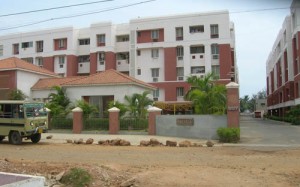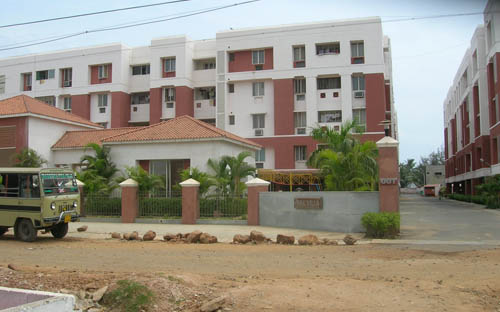 India’s housing shortfall is estimated to be around 27 million and Chennai city alone faces a deficit of 60,000 housing units. About 6,000 of them are in the high income group segment, 12,000 in the middle income group and 18,000 in the low income group. The economically weaker sections in Chennai need 24,000 housing units, says Confederation of Real Estate Developers Association of India (CREDAI) President Lalit Kumar Jain.
India’s housing shortfall is estimated to be around 27 million and Chennai city alone faces a deficit of 60,000 housing units. About 6,000 of them are in the high income group segment, 12,000 in the middle income group and 18,000 in the low income group. The economically weaker sections in Chennai need 24,000 housing units, says Confederation of Real Estate Developers Association of India (CREDAI) President Lalit Kumar Jain.
“To meet this growing demand, satellite cities need to be developed with adequate support infrastructure. Growth should be vertical and not horizontal as land is precious,” says Jain.
Chennai city has been growing in the suburbs, but there is hardly any infrastructure like water supply and sewerage connections in those regions, says CREDAI (Tamil Nadu) secretary Nanda Kumar. The government needs to immediately address these issues, he says.
The city’s development control rules, despite the introduction of the second master plan, are far from facilitating vertical development. It is still conservative on the issue of floor space index (the ratio of land area to the built-up area). “Hyderabad city does not have any restriction on height, floor space index and footprint (land covered by the building in a plot),” says CREDAI vice-president Shekhar Reddy. Chennai needs to learn from the best practices adopted by other states, he adds.
As per a United Nations study, the global urban population is growing at two persons per second. Almost 95% of the population growth is happening in urban centres and India has 12 such cities, including Chennai that are bursting at the seams. Another 80 tier two and tier three cities in the country are heading towards the same mark, says Jain.





